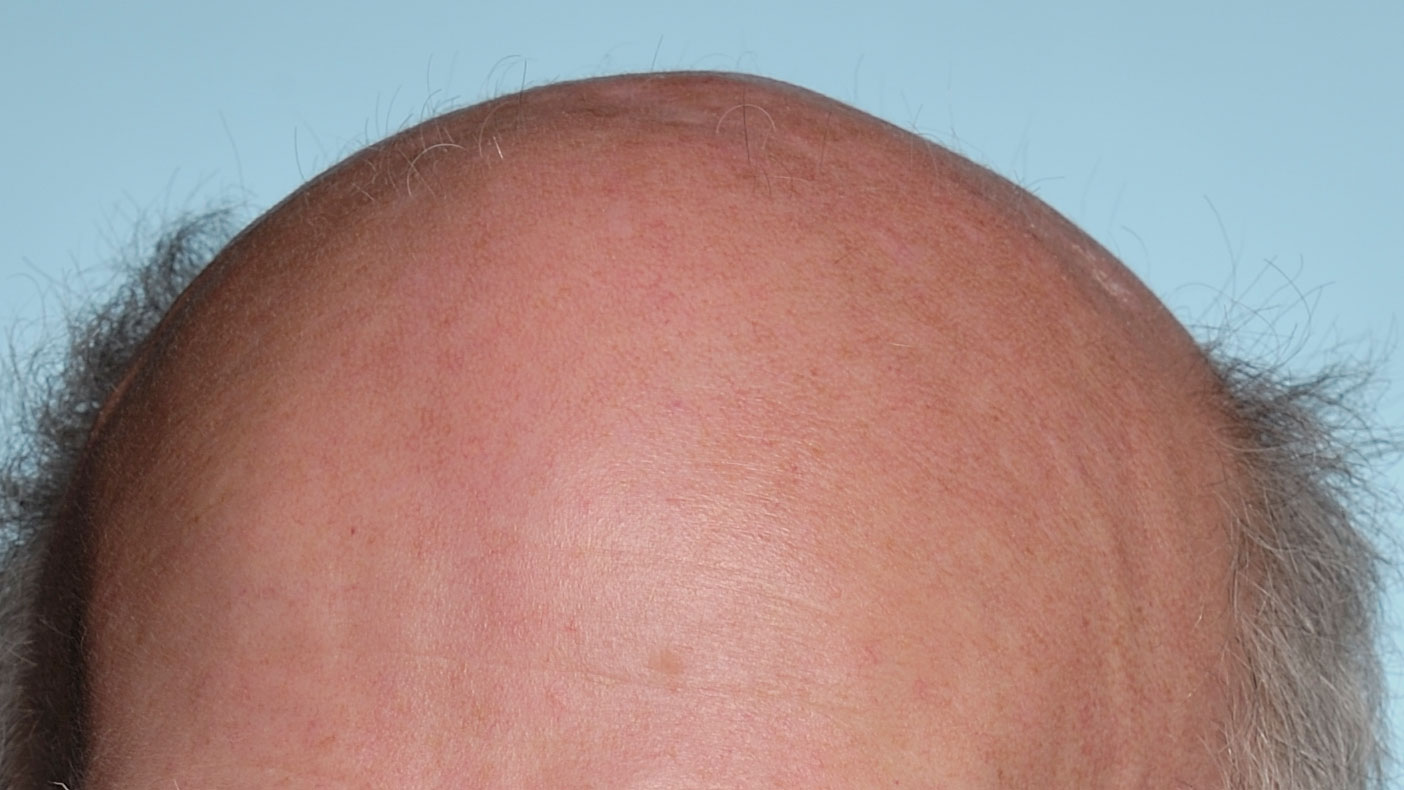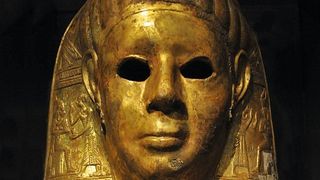Have we finally found a cure for baldness?
Science that can put hairs on your chest, or head

This Week in Science we've discovered that the Egyptians had iron sent from the heavens, that asteroids can have their own little moons, and that French wine isn't actually all that, well, French.
Plus it looks like we've found a new weapon against the scourge of the flu and, as if that wasn't enough, we might finally have developed a hair-raising cure for male pattern baldness.
Have we finally found a cure for baldness? -- Researchers from the University of Pennsylvania have identified a growth factor that causes the regeneration of hair follicles during the healing process of damaged skin. The growth factor, Fgf9, produced over double the normal number of hair follicles in mice when over expressed, causing the researchers to speculate that we could use Fgf9 to treat male pattern baldness.

The growth factor is normally produced by highly-specialised T cells, which form part of your immune system. In humans, we have a very low number of the essential factor-producing gt T cells, resulting in the lack of regrowth of hair on wounded skin. It's thought that Fgf9 could in some way be used to stimulate hair growth in humans, however it may work best when tied to wound healing. It could be that you'd have to scratch your head to get it to grow new hair, something people would probably put up with to cure their baldness. [Nature]
Radiation is holding us back from Mars -- Scientists have run the numbers captured by NASA's Curiosity Mars rover, which was equipped with radiation detectors for its journey to the red planet, and have found that there's just too much of the stuff whizzing around in deep space.
Despite travelling the vast distance within the shielded interior of a spacecraft, Curiosity racked up enough radiation from galactic cosmic rays to deliver a return-journeying astronaut two-thirds of his lifetime radiation limit, at 0.66 sieverts, in just one year. That's without all the radiation that'll undoubtedly be present on the thin-atmosphered Martian surface.
Unfortunately we don't know what the effects of cosmic rays on the human body might be, as we're naturally shielded from them by Earth's magnetic shield. It seems we'll either have to think of a way to better protect ourselves, or get there much, much faster, both of which are out of our grasp for now. [Science]
Get daily insight, inspiration and deals in your inbox
Sign up for breaking news, reviews, opinion, top tech deals, and more.
Egyptian iron came from space -- Iron found in ancient artefacts dating back to 3,300 BC has been proven to be of alien origin. It seems the ancient Egyptians saw falling rocks from the sky as a present from the gods, taking them and melding their high-nickel content iron into religious artefacts. Scientists resorted to an electron microscope and a CT scanner to prove that the iron had a signature crystalline structure only found within metal formed deep within larger meteors in depths of space.

In fact, pieces of iron in trinkets associated with the rich have been found way ahead of the technological developments required for smelting, showing that iron rained down on Egypt from the heavens at some point. It's possible that these meteorite strikes could have even ignited the Egyptian belief system. [Nature]
Asteroid with its own moon flies past Earth -- A recent fly-by from a large asteroid, which journeys near Earth in its travels through the solar system, has lead astronomers to discover that 1998 QE2, as it is known, has an unexpected mini moon of its own.
The main asteroid is about 2.7km wide, with its satellite companion sized up at about 600m in diameter. According to estimates, around 15 per cent of near-Earth objects, 200m in diameter or larger, are asteroid duos or trios. The mini moon's orbit can tell us how dense its parent is, by combining it with the asteroid's overall size. With that kind of information, astronomers can then work out what the asteroid is made of, which could be very useful information in our asteroid capture or mining efforts going forward. [New Scientist]
Most Popular



